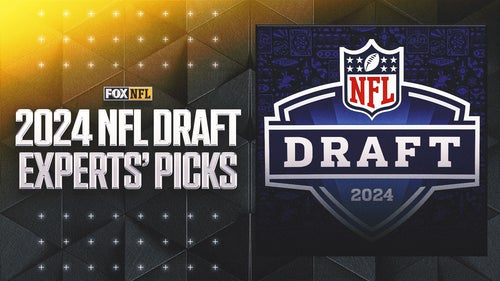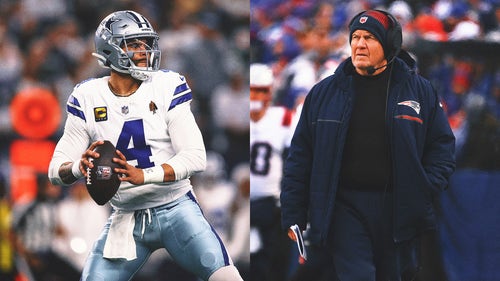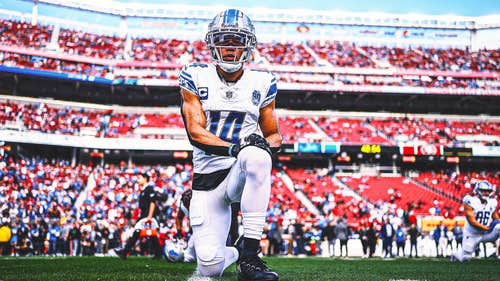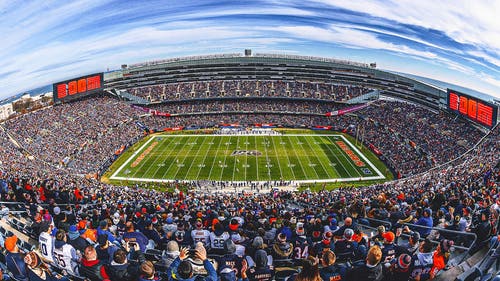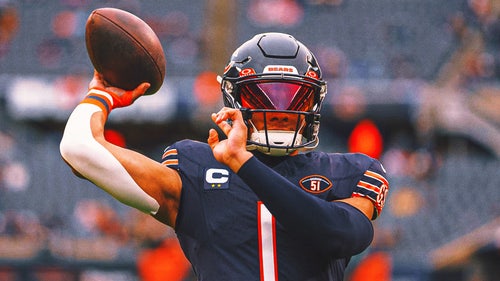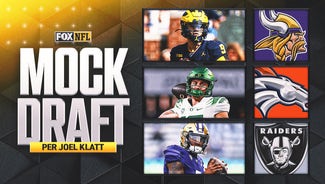
Similarities exist among final four
Every Wednesday until the Super Bowl, Brian Billick will write a weekly column looking in-depth at different aspects of the modern NFL and will discuss experiences and insights he gained while coaching and broadcasting.
Every year for the past 20 years, I have pored over the numbers of the final four teams who have qualified for the AFC and NFC Championship games. I have done this to see if I could draw any conclusions about the direction of the game and identify any of the key characteristics of success that could be used in ensuing years to be a part of that foursome.
Every year, the Final Four tends to share many of the same characteristics. If you’re still playing football in the second half of January, you very likely have performed well on third downs and in the red zone, you’ve protected the football better than your opponents and you haven’t given up many big plays. I’ve also tried to look for any other factors that might be unexpected indicators — coaches’ backgrounds and methods; quarterbacks taken early vs. late in the draft; indoor teams vs. outdoor teams.
This year has proven no different — the Falcons, 49ers, Patriots and Ravens didn’t get here by accident — though some of the ancillary factors are particularly interesting.
First of all, keep in mind that it is unrealistic (maybe even impossible) in today’s NFL to be a dominant team on both sides of the ball. Almost every team that gets to the conference championship game will have some clearly superior attributes, but the salary cap and competitive balance in the league make it impractical to expect to do too many things well. (Even if you could achieve it, the league’s structure would make it impossible to sustain.)
Of the four remaining teams, New England and Atlanta are consistently the best two offenses, ranking first and eighth in the league, respectively, in yards gained. Atlanta is one of the best passing offenses (Matt Ryan has had a strong year, and his superb fleet of receivers has helped him out when the Falcons’ run game has stalled) while New England has proven to be the most balanced offense in the league. At the same time, both these teams are ranked in the bottom third of the league’s defenses in total yards allowed. Both defenses are better than their rankings indicate, but both have vulnerability in giving up the big play. (Only three teams in the NFL gave up more big passing plays than the Patriots this year).
Baltimore ranks around the middle of the league across the board in a majority of statistical categories, both offensively and defensively. Indeed, this steadiness may be its strength. What the Ravens have consistently done this year is avoid beating themselves. Baltimore is plus-9 in turnover margin (ranking eighth in the NFL) and is plus-15 in explosive-play differential (producing 72 plays of 20-plus yards, while giving up just 57). That combined for a “Toxic Differential” (turnover differential combined with explosive play differential) of plus-24, placing it fourth in the league. It is worth noting that three of the four teams (San Francisco, Baltimore and New England) all rank in the top seven in the league in this category. Only Atlanta is an outlier, ranking 18th in the NFL with a plus-five turnover differential but a minus-11 explosive-play differential.
San Francisco is the closest of all the teams to being truly dominant, and the 49ers are also a living embodiment of the old formula for winning: They play good defense (third in the league in yards allowed), run the ball well (third in the league in yards per rush) and don’t turn it over (tied for second in the league for fewest turnovers).
Other themes emerge. One is the idea that every team at this level has to be good on third down, at least on one side of the ball. One or the other has a direct correlation to extending drives, or creating more possessions for your team. Obviously you want to be good in both, but if you can be a top-10 team on one side or the other, you can cover up a number of things. Baltimore suffered through injuries to its star players all year long, but still wound up seventh overall defensively in preventing third-down conversions. New England and Atlanta ranked first and second, respectively, in third-down conversion percentage on offense, and that gave some extra rest (and extra points) to their struggling defenses. San Francisco struggled on third down offensively (ranking 25th), but was a solid third in the same category on defense.
Then there’s the quarterback trend. Ever since the Patriots won their first Super Bowl in 2001, people have been saying that you can get a championship quarterback in the sixth round, because that’s what the Patriots did. But like Johnny Unitas in his era, Tom Brady is the exception that proves the rule. Brady will forever be the outlier in this category. Take a look at the rest of the final eight quarterbacks: Manning (first round, and first overall), Flacco (first), Matt Schaub (third), Aaron Rodgers (first), Colin Kaepernick (second), Matt Ryan (first), Russell Wilson (third). Flacco, Kaepernick and Wilson weren’t top-10 picks, but in all three cases, the teams that chose them either moved up or positioned themselves specifically to get that player. The position of quarterback in the NFL may be changing before our eyes, but what isn’t changing is the importance of the quarterback to building a championship team.
Finally, teams with head coaches who are managers of the game — as opposed to trying to do the two jobs of being a head coach and the primary play-caller — dominate the championship bracket. (Among the eight teams that played last weekend, only Mike McCarthy of the Packers was the primary play-caller for his team.) In the Championship games, the four coaches — Bill Belichick, John Harbaugh, Mike Smith and Jim Harbaugh — all have well-defined and established coordinators on both sides of the ball. Each head coach is known for his ability to manage the team and the game, and each, in his own way, is a master of interacting and working with every player on the 53-man roster.
Conversely, on the other end of the spectrum, trying to do both jobs can often lead to doing neither of them well: Of the eight head coaches that were fired at the end of the season, six were primary play-callers on either offense or defense. I’m not saying someone can’t be both a head coach and a primary play-caller. I am saying that the modern game has gotten so demanding, that coaches who are able to delegate give themselves and their teams a much better chance to win. And you’ll see four of those coaches on the sidelines this weekend.






































































































































